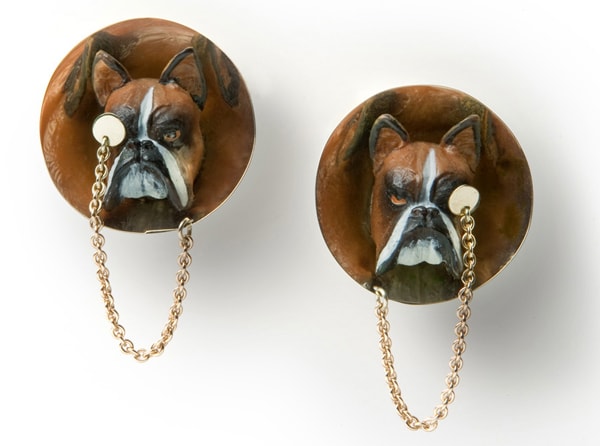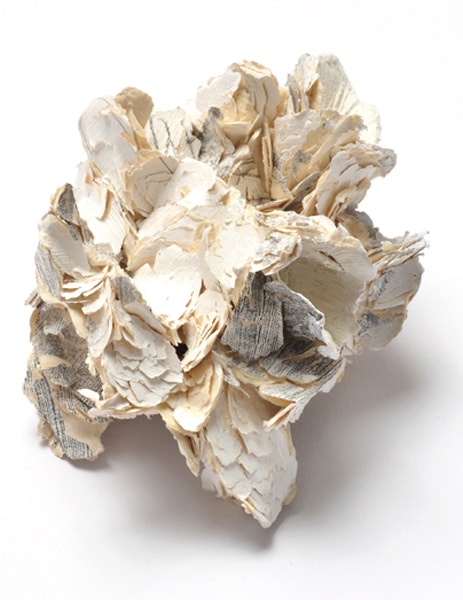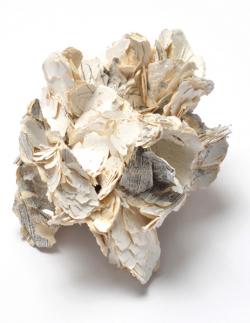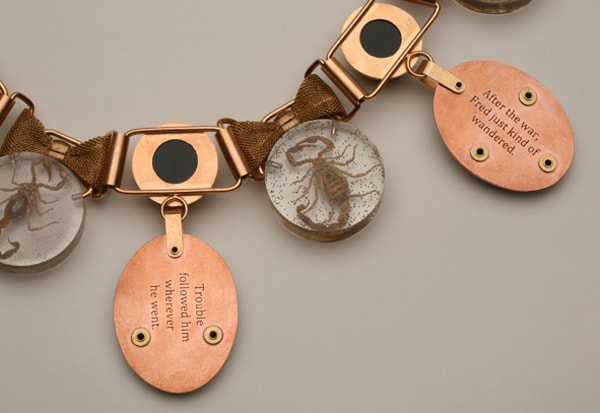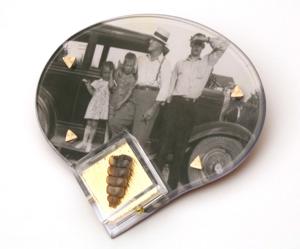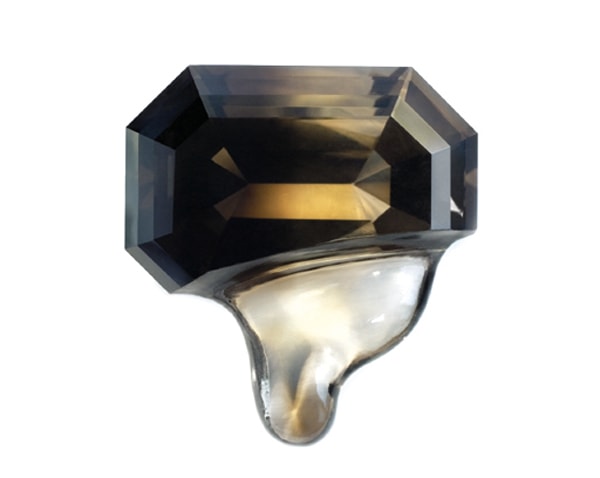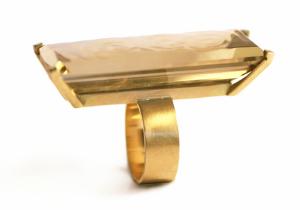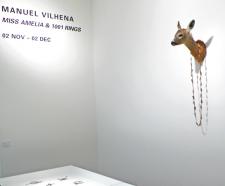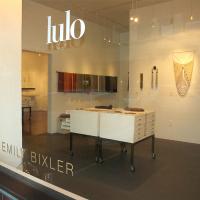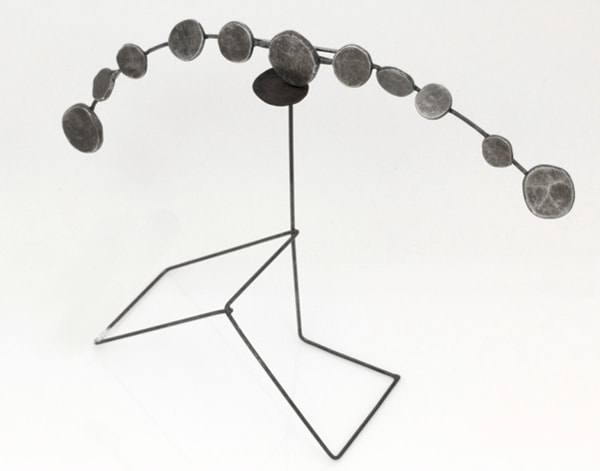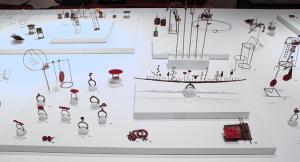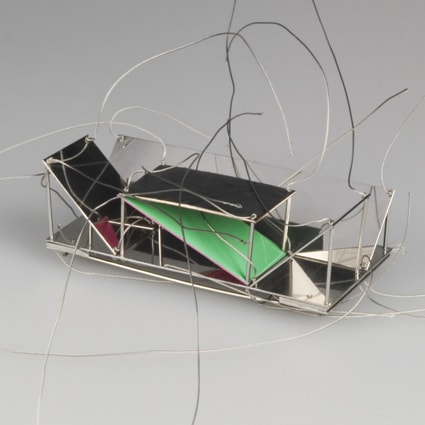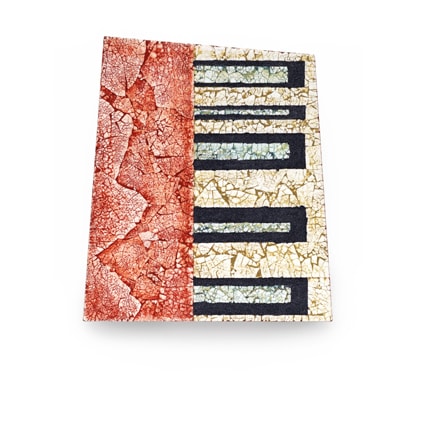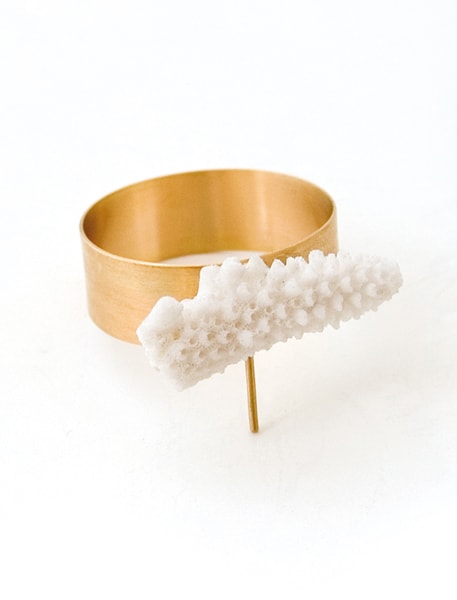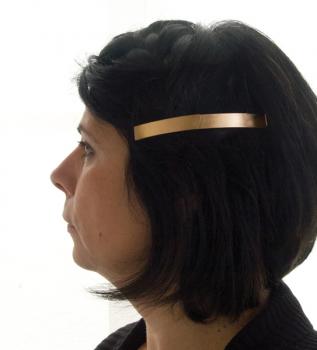Felieke van der Leest: Once upon a time in My West (Part 2)
 The first time I encountered Felieke van der Leest was at an AJF-sponsored talk in 2004. She was funny and imaginative and also extremely practical somehow. She was playful, for sure, which probably adds to the appeal of her work. It is outstanding and unusual partly because it is just plain accessible. Anyone can enjoy what she does. Felieke is having a show this month at the active and lively Galerie Rob Koudijs in Amsterdam. She has reached back into her childhood memories to create creatures from the Wild West.
The first time I encountered Felieke van der Leest was at an AJF-sponsored talk in 2004. She was funny and imaginative and also extremely practical somehow. She was playful, for sure, which probably adds to the appeal of her work. It is outstanding and unusual partly because it is just plain accessible. Anyone can enjoy what she does. Felieke is having a show this month at the active and lively Galerie Rob Koudijs in Amsterdam. She has reached back into her childhood memories to create creatures from the Wild West.
Susan Cummins: Where did you study, and who were your early influences?
Felieke van der Leest: From 1986 until 1991, I studied at the technical school for goldsmithing and silversmithing in Schoonhoven, Netherlands. I was a fan of the surrealist Salvador Dali and Egyptian jewelry. From 1991 until 1996, I studied at the Gerrit Rietveld Academie in Amsterdam, Netherlands. I have no idea who and what influenced me. Those years were a struggle. Fortunately, in my graduation year, the head of the jewelry department Ruudt Peters noticed some textile crochet work I made for fun. He allowed me to see that what I made was special. Luckily, I listened. From that moment on, I have worked nonstop making jewelry and objects.
Felieke van der Leest: Once upon a time in My West (Part 2) Read More »
